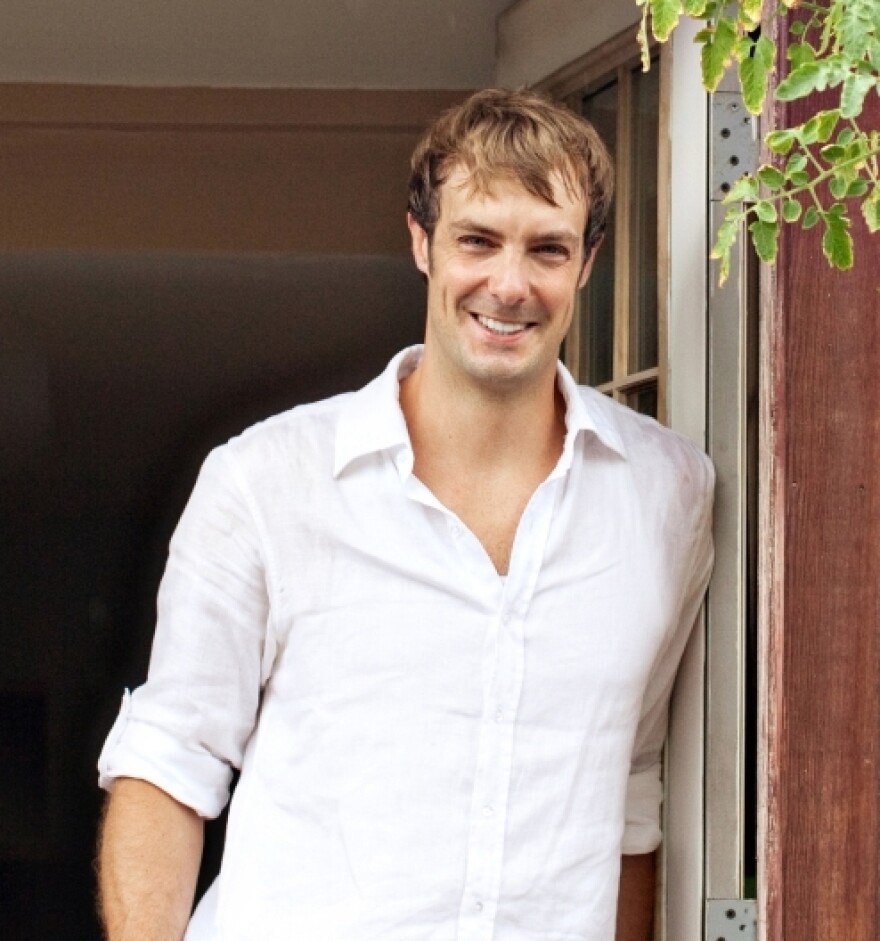
Chef Barton Seaver wants people to know that fish are not just for eating; they're valuable to the ecosystem as well.
In his new cookbook, For Cod and Country: Simple. Delicious. Sustainable., Seaver highlights the importance of sustainable seafood to the long-term viability of our environment and our diets.
On a trip to the Maine Avenue Fish Market in Washington, D.C., — the oldest, continuously operating fish market in the United States — Seaver offers Weekend Edition Sunday Host Liane Hansen some tips for picking out the best seafood.
"I always look at the eyes," Seaver says, examining a display of bluefish. Look for fish with clear eyes that aren't sunken in — that "still look like they're looking at you, inviting you to dinner." Also, he says, pay attention to the gills to make sure they are clear of mucus and buildup, which can indicate the fish isn't fresh.
Seaver's also a big advocate of farm-raised shellfish, like clams, mussels and oysters. He says they're a tasty way to eat sustainable seafood.
"I think across the board it's our patriotic duty to eat as many of those as we can," he says. "I mean, environmentalism on the half shell with a six pack of beer and a bottle of Tabasco—That sounds right!"
A local delicacy was on display at the fish market — blue crabs. They're a great example of how a species can recover from overfishing, Seaver says.
He points out the variations of red on the pinchers of the mature female crabs. "Over the past decade or so," he says, "those haven't been around ... So to see that deep, rich, red hue color of a big, large female — that's breeding at the highest capacity. That's a good sign."
But he cautions that people shouldn't assume a particular type of seafood is bountiful just because they see it in front of them at the supermarket.
"We don't see a fish disappearing until it's gone," he says, like cod fish — which he says has dropped to unprecedented low levels. "Yet there's still cod in the supermarket," he says.
"The bounty in front of us often belies the real truth under the water."
Copyright 2023 NPR. To see more, visit https://www.npr.org.


